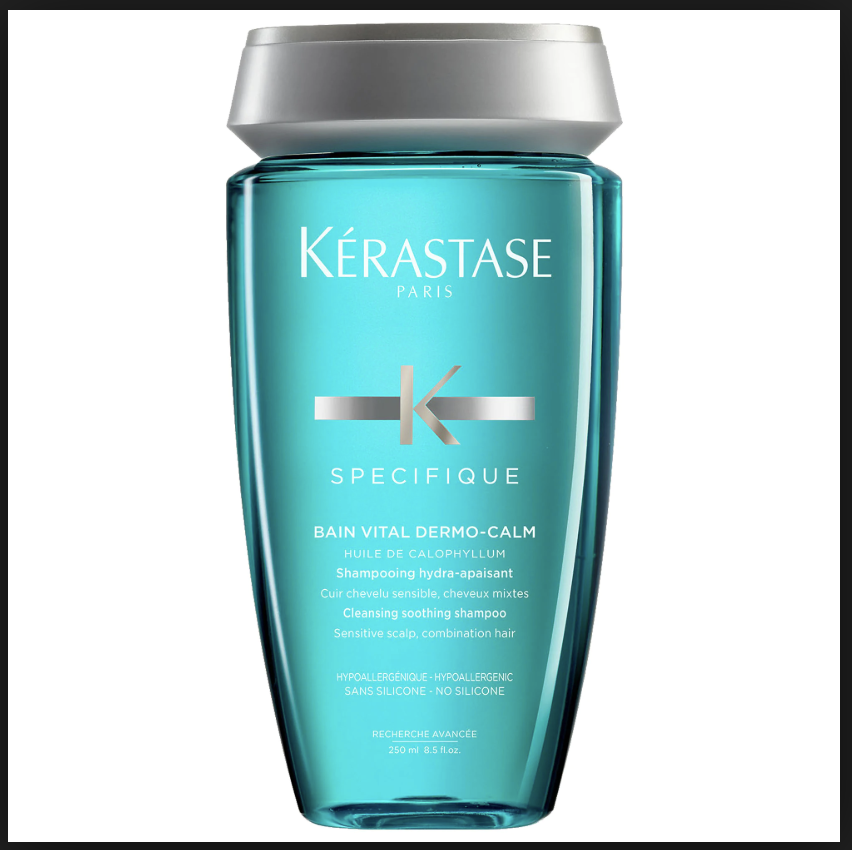Attention all Disney fans! Are you dreaming of going on a magical Disney cruise but worried about the cost? Well, fear not! In this article, we will reveal the secrets to getting the cheapest Disney cruise in 2023. So, keep reading to make your dreams come true without breaking the bank!
Planning a Disney cruise can be overwhelming, especially when it comes to the cost. Many people assume that a Disney cruise is out of their budget, but that's not necessarily true. With some insider tips and tricks, you can find amazing deals and discounts to make your Disney cruise more affordable.
So, how can you get the cheapest Disney cruise? The first step is to be flexible with your travel dates. Disney offers different pricing tiers depending on the time of year, so consider traveling during off-peak seasons or weekdays to get the best deals. Additionally, booking in advance or last minute can also save you money.
Here are the main points to remember when trying to get the cheapest Disney cruise:
1. Be Flexible with Travel Dates
Being flexible with your travel dates can significantly impact the cost of your Disney cruise. As mentioned earlier, traveling during off-peak seasons or weekdays can help you secure lower prices. Disney often offers special promotions and discounts during these times to attract more guests.
When I was planning my Disney cruise, I decided to travel in September instead of the summer months. Not only did I avoid the crowds, but I also saved a substantial amount of money. Plus, the weather was still beautiful, and I had a fantastic experience!
2. Book in Advance or Last Minute
Booking your Disney cruise well in advance or at the last minute can also lead to significant savings. Disney usually offers early booking discounts for those who plan ahead. On the other hand, if you're flexible with your travel plans and can book a last-minute cruise, you might find some incredible last-minute deals.
A friend of mine managed to snag a last-minute Disney cruise at an unbelievably low price. She booked a few weeks before the departure date and saved hundreds of dollars. So, keep an eye out for these opportunities!
3. Take Advantage of Disney Cruise Line Special Offers
Disney Cruise Line often runs special offers and promotions throughout the year. These can include discounted rates, onboard credits, or even free upgrades. Make sure to regularly check the Disney Cruise Line website, sign up for their newsletter, or follow them on social media to stay updated on the latest deals.
During my research, I discovered a special offer that included a reduced rate for kids on select sailings. This allowed me to bring my whole family on a Disney cruise without breaking the bank. It was a fantastic deal that made our trip even more magical!
4. Consider Different Stateroom Categories
The stateroom category you choose can greatly impact the price of your Disney cruise. While it's tempting to go for the most luxurious option, opting for a more affordable category can help you save. Disney offers a range of stateroom options, including inside cabins, oceanview cabins, and balcony cabins.
When I booked my Disney cruise, I opted for an oceanview cabin instead of a balcony cabin. While I didn't have a private balcony, I still had a window with a beautiful view of the ocean. It was a great compromise that allowed me to save some money without sacrificing the overall experience.
5. Additional Tips for Getting the Cheapest Disney Cruise
Here are a few additional tips to help you get the cheapest Disney cruise:
- Consider sailing on one of Disney's older ships, as they tend to have lower prices.
- Be on the lookout for discounted rates for military personnel, Florida residents, or Disney Vacation Club members.
- Consider booking a repositioning cruise, where the ship moves from one port to another. These cruises often have lower prices.
- Look for package deals that include airfare, hotel stay, and transportation to the port.
By following these tips and being flexible with your travel plans, you can secure the cheapest Disney cruise and make your dream vacation a reality. So, start planning and get ready for an unforgettable adventure!
Conclusion of How to Get the Cheapest Disney Cruise
Getting the cheapest Disney cruise is more achievable than you might think. By being flexible with your travel dates, booking in advance or last minute, taking advantage of special offers, considering different stateroom categories, and following additional tips, you can save big on your Disney cruise. Don't let the cost deter you from experiencing the magic of Disney at sea. Start planning today and embark on a magical adventure that fits your budget!

